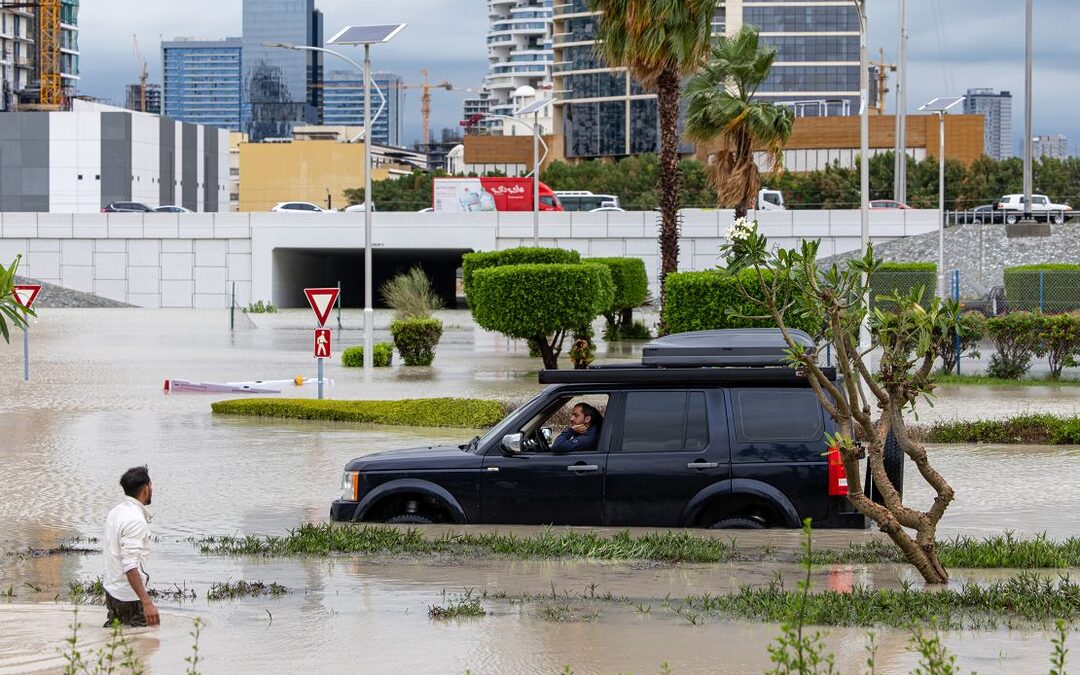Floods can wreak havoc on landscapes, leaving behind a trail of debris, uprooted plants, and soil erosion. However, with proper care and attention, it’s possible to revive your outdoor space and restore its natural beauty. In this article, we’ll explore the essential steps and tips for treating your landscape after a flood, helping you navigate the restoration process effectively.
Safety First:
Before undertaking any cleanup or restoration work, prioritize safety. Assess the area for hazards such as electrical wires, unstable structures, or contaminated water. Wear protective gear, including gloves and boots, to minimize risks.
Assess the Damage:
Survey the extent of the damage to your landscape. Look for signs of soil erosion, uprooted plants, debris accumulation, and any structural damage to hardscaping elements such as walls or pathways. Take photos for documentation and insurance purposes.
Clear Debris:
Begin by clearing away debris such as mud, branches, rocks, and trash from your yard. Use rakes, shovels, and wheelbarrows to remove the debris safely. Dispose of any contaminated materials properly, following local regulations.
Inspect Plants:
Evaluate the condition of your plants to determine which ones can be salvaged and which ones need to be removed. Look for signs of stress, such as wilting or yellowing leaves, and assess the extent of damage to the root system.
Prune and Trim:
Trim damaged or broken branches from trees and shrubs to promote healthy growth and prevent further damage. Use sharp, clean tools to make precise cuts, and avoid over-pruning, which can stress the plants further.
Regrade Soil:
Address any soil erosion by regrading the landscape to restore proper drainage and prevent future flooding. Use a shovel or grading rake to redistribute soil evenly, paying attention to low-lying areas where water may collect.
Amend Soil:
Floodwaters can wash away essential nutrients from the soil. Amend the soil with organic matter such as compost or aged manure to replenish nutrients and improve soil structure. Work the amendments into the soil using a garden fork or tiller.
Replace Mulch:
If your mulch has been washed away by the flood, replace it to help retain moisture, suppress weeds, and protect plant roots. Choose a natural mulch such as wood chips or shredded bark and apply it evenly around your landscape.
Replant Strategically:
Select flood-tolerant plants that can withstand periods of inundation and thrive in moist conditions. Consider native species adapted to your region’s climate and soil type. Plant them at the appropriate depth and spacing, and water them thoroughly after planting.
Monitor and Maintain:
Keep a close eye on your landscape in the weeks and months following the flood. Water newly planted areas regularly to help establish root systems, and monitor for signs of stress or disease in existing plants. Remove weeds promptly to prevent competition for resources.
Conclusion:
Restoring your landscape after a flood requires patience, effort, and careful planning. By following these essential steps and tips, you can rejuvenate your outdoor space and create a resilient landscape that can withstand future challenges. Remember to adapt your approach based on the specific conditions of your site and seek professional assistance if needed.
If you’re in the UAE and seeking expert guidance and assistance for the best landscape treatment tailored to the region’s unique conditions, don’t hesitate to reach out to us. Our team of experienced landscapers specializes in creating sustainable and visually stunning outdoor environments that thrive in the UAE’s climate.
Contact us today for personalized advice and top-notch landscape services that will transform your outdoor space into a haven of beauty and resilience.

